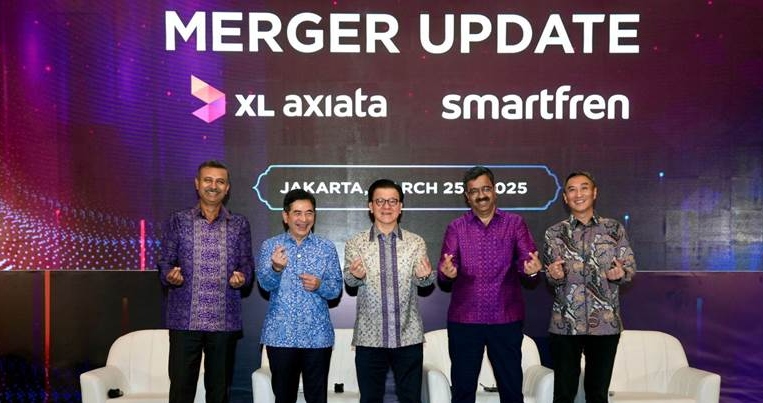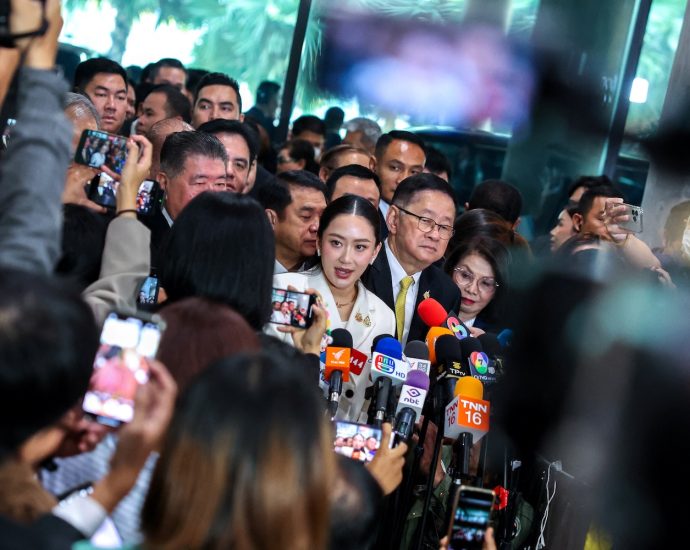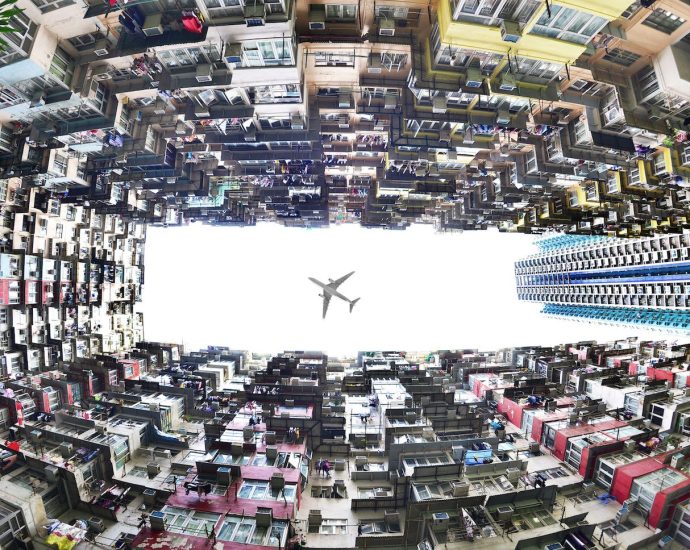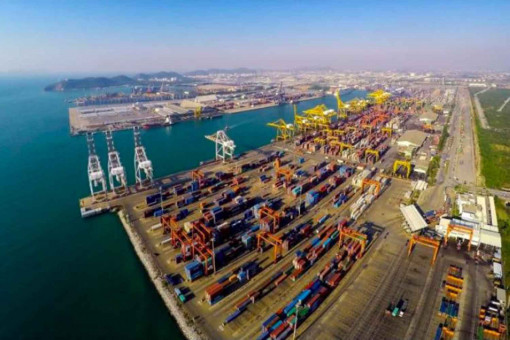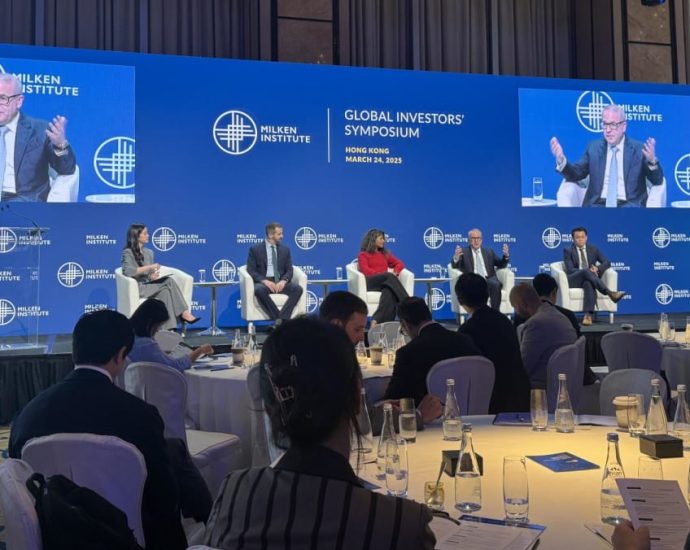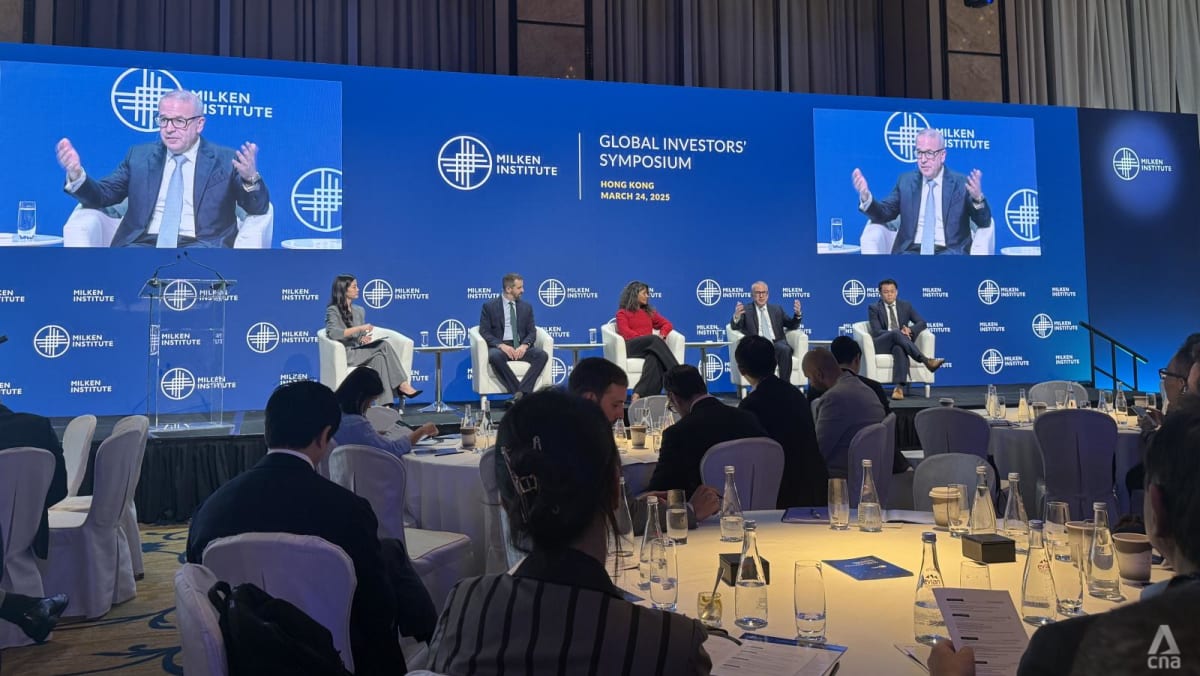Shareholders approve XLSMART merger, Axiata and Sinar Mas Set to advance regional collaboration
- Both parties signed LOIs to deepen collaboration across MY, ID & SEA
- Following the merger, Axiata & Sinar Mas will each hold a 34.8% stake in XLSMART

Axiata Group Berhad and Sinar Mas have jointly announced that shareholders of PT XL Axiata Tbk (XL Axiata), PT Smartfren Telecom Tbk (Smartfren), and PT Smart Telcom (SmartTel) have formally approved the merger of the three companies, marking a significant milestone in Indonesia’s telecommunications sector.
In a statement, the companies said the approval was secured following extraordinary general meetings of shareholders (EGMS) held on 25 March 2025 by XL Axiata, Smartfren, and SmartTel. This follows prior in-principle regulatory approvals from Indonesia’s Ministry of Communication and Digital Affairs and the approval of the Indonesia Stock Exchange and Financial Services Authority, further solidifying institutional support for the strategic consolidation, they added.
The approval signifies the confidence of shareholders in the combined potential of XL Axiata and Smartfren, reinforcing their commitment to driving a more integrated, efficient, and innovative telecommunications industry. With this shareholder endorsement, XLSMART will continue the important roles played by XL Axiata and Smartfren in Indonesia’s development via the critical telecommunications industry. Combining XL Axiata’s extensive infrastructure and reach with Smartfren’s digital innovation, XLSMART is better able to serve consumers and businesses in the era of digitalisation.
With a subscriber base exceeding 94.3 million, annual projected revenue of US$2.76 billion (RM12.24 billion), and an EBITDA of US$1.35 billion (RM6 billion), XLSMART is well-positioned to lead the next phase of growth in Indonesia’s telecommunications sector. The landmark merger is also set to realise significant cost synergies, with an estimated annual run-rate pre-tax synergies of US$300 million (RM1.3 billion) to US$400 million (RM1.7 billion) post-integration completion.
Following the completion of the merger, Axiata Group and Sinar Mas will become the joint controlling shareholders, with each holding a 34.8% stake in XLSMART, with equal influence over its strategic direction and decisions.
To strengthen the collaboration beyond XLSMART, Axiata and Sinar Mas, on 28 January 2025, signed two letters of intent (LOIs) at a ceremony witnessed by Malaysian prime minister Anwar Ibrahim and the president of the Republic of Indonesia Prabowo Subianto at the Petronas Twin Towers in Kuala Lumpur. This coincides with Malaysia’s role as the chair of Asean, a position that allows the country to influence the regional agenda and drive collective objectives.
These LOIs laid the groundwork for deeper collaboration between the two companies, focusing on potential synergies in Malaysia, Indonesia, and Southeast Asia. The agreement envisioned joint efforts in advanced 5G solutions, enterprise services, digital infrastructure, and fintech innovations, supporting the broader goal of accelerating digital transformation across the region. The shareholder approvals mark a critical step forward in realising that vision and advancing strategic cooperation between the two companies.
As part of the newly formed company’s leadership, Rajeev Sethi has been appointed as president director and CEO, supported by a robust executive team that includes nine directors and nine commissioners, ensuring a well-balanced representation from both XL Axiata and Smartfren. Rajeev has extensive and successful experience in transforming telecommunications companies in emerging markets that will help XLSMART to realise its synergy values, and was previously the CEO at Robi Axiata Bangladesh.
The integration of these leadership teams also reflects the company’s focus on operational excellence, strategic growth, and synergy-driven transformation. XLSMART will focus on expanding network coverage, enhancing service quality, and driving digital innovation, while also unlocking opportunities in mobile broadband, enterprise services, and emerging digital technologies to meet the evolving needs of Indonesia’s telecommunications market. The merged entity will combine Axiata’s regional expertise and deep experience in managing integrated operations with the local knowledge and established presence of Sinar Mas, creating a larger, financially robust organisation.
Franky Oesman Widjaja, chairman of Sinar Mas Telecommunications and Technology, emphasised the significance of this merger in strengthening Indonesia’s digital economy. “We believe this consolidation is a crucial step toward creating a more robust telecommunications industry in Indonesia. By combining XL Axiata’s solid infrastructure with Smartfren’s customer-focused digital services, XLSMART will offer enhanced connectivity solutions that empower consumers and businesses while supporting the nation’s long-term digital aspirations.”
“We are excited for the opportunity to drive meaningful progress for Indonesia’s digital economy, ensuring that our customers, partners, and stakeholders benefit from increased efficiency, broader coverage, and superior service quality,” he added.
Meanwhile, Vivek Sood, group CEO of Axiata Group, highlighted the broader impact of the transaction. “This merger marks a defining moment in Indonesia’s digital landscape. The confidence of our shareholders in approving this transaction underscores our vision to build a stronger, more resilient telecommunications entity that delivers value through scale, efficiency, and innovation. With XLSMART, we are poised to enhance customer experience, expand digital services, and contribute to the growth of Indonesia’s digital economy.”
“This merger is not only about combining two businesses but about creating a new, forward-looking company that will set benchmarks in innovation, service quality, and operational excellence. We believe this business combination will allow for the improved financial health of the industry, and we are confident XLSMART will emerge as a formidable player—enabling us to significantly accelerate investments in digital infrastructure and innovation, and ultimately empower communities,” he added.
According to the parties, the transition towards XLSMART will be carefully managed to ensure a seamless integration for customers, employees, and partners. The company will prioritise a smooth operational transition while maintaining service reliability and customer satisfaction. Three brands (XL, Smartfren, and Axis), which are well-positioned in their respective customer segments and complementary, will continue. Over the coming months, Axiata and Sinar Mas will work closely to align business operations, optimise network infrastructure, and explore new service offerings that capitalise on the strengths of the merged entity.
Beyond the business integration, the formation of XLSMART represents a deeper strategic collaboration between Malaysia and Indonesia in the digital economy sector. As two of Southeast Asia’s largest economies, Malaysia and Indonesia share a common vision of fostering digital inclusion, enhancing connectivity, and leveraging technology as a key driver of economic growth.
The partnership between Axiata and Sinar Mas is a testament to this shared ambition, demonstrating how cross-border collaborations can create value not just for businesses but for entire economies. Through this merger, both companies are setting a new standard for regional telecommunications partnerships, integrating expertise, resources, and infrastructure to deliver innovative and customer-centric solutions. Furthermore, this collaboration aligns with the broader national and regional digital economy agendas, ensuring that the telecommunications sector remains a key enabler of economic progress.
As Indonesia and Malaysia continue to strengthen their economic ties, this partnership stands as a model for future corporate alliances that transcend borders, creating a more interconnected, competitive, and sustainable digital ecosystem. With XLSMART, Axiata and Sinar Mas reaffirm their commitment to fostering stronger corporate partnerships that drive innovation, support national digital agendas, and contribute to Southeast Asia’s growing role as a global digital powerhouse.

